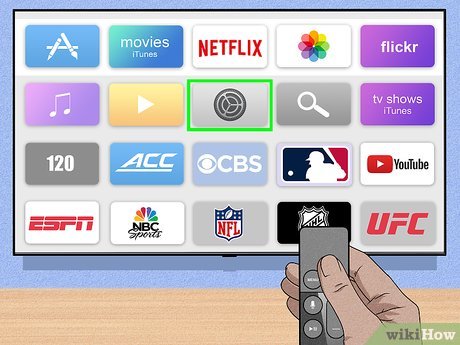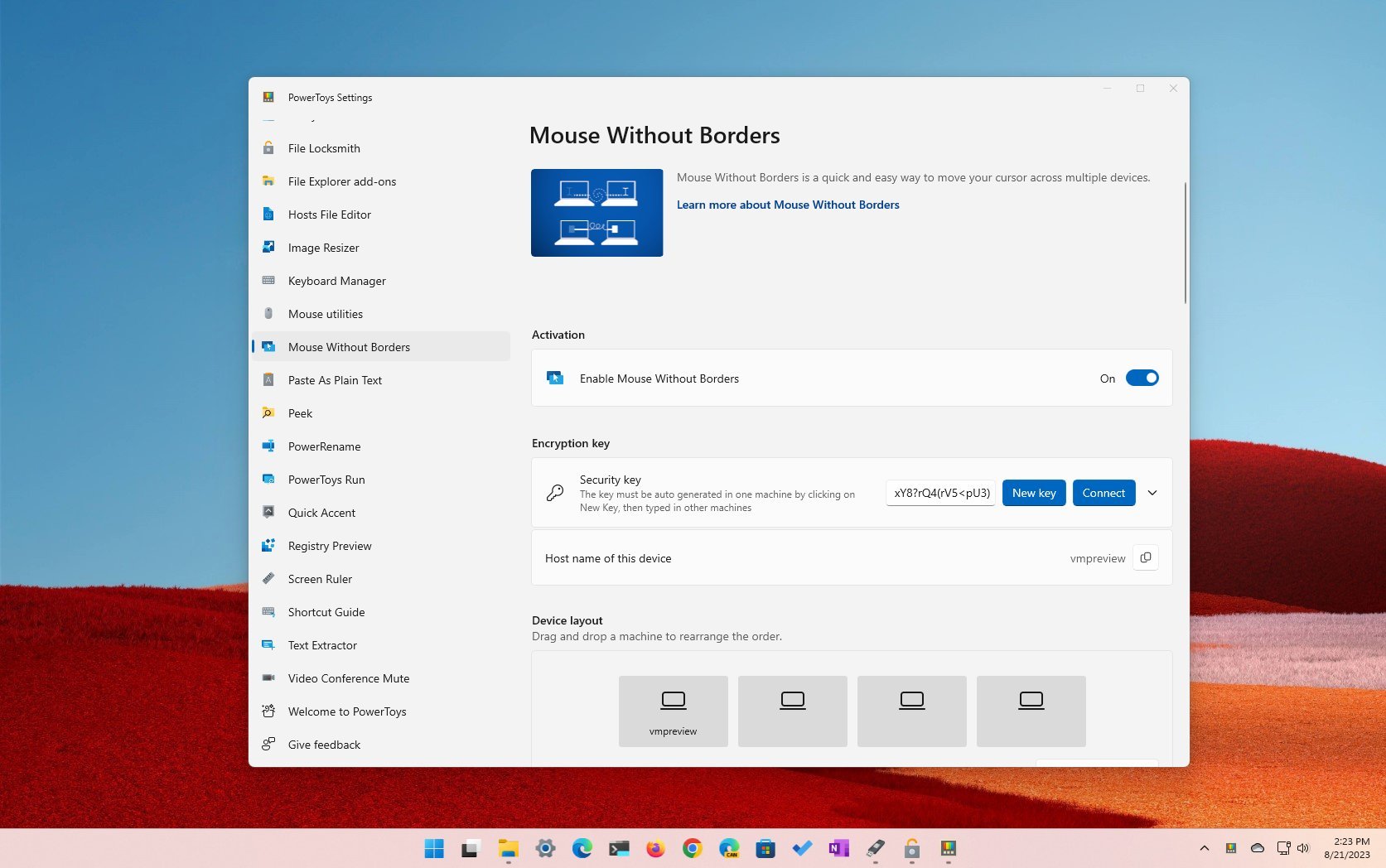Reasons Your Apple TV Needs to Be Connected to the Right HDMI Port
a well-reviewed streaming gadget that allows you to enjoy popular applications like Netflix, Hulu, and HBO Max, in addition to the features of the Apple ecosystem that work harmoniously with iPhones, MacBooks, and Apple HomeKit devices. However, if your aim is to achieve the finest picture and audio quality while streaming with your Apple TV, ensure the device is linked to your TV’s HDMI Audio Return Channel (ARC) or Enhanced Audio Return Channel (eARC) port. It is also advisable to utilize an Ultra High Speed HDMI cable capable of handling up to 48Gbps transfer speeds.
As the term suggests, eARC is an “enhanced” variant of ARC, but what does that precisely mean? Similar to various data types, the distinction arises from bandwidth and velocity. An eARC port can handle significantly greater bandwidths, allowing for more data and less compressed audio. While it’s possible to connect your Apple TV to any of your TV’s HDMI ports, plugging into HDMI ARC/eARC on your television guarantees that your Apple device can manage lossless audio streams up to 48kHz.
Bear in mind that none of the previous, non-4K Apple TVs are compatible with the HDMI ARC or eARC features, and the first-generation Apple TV 4K, which was launched in 2017, does not support these functionalities either.










